Rosacea is a chronic skin condition that affects millions of people worldwide. It is characterized by persistent facial redness, flushing, visible blood vessels, and acne-like breakouts. Although it may not be life-threatening, rosacea can significantly impact an individual’s self-esteem and quality of life. In this article, we will explore the symptoms of rosacea, discuss common triggers for flare-ups, delve into diagnosis and management options, and provide guidance on lifestyle changes to minimize symptoms.
Understanding Rosacea
Rosacea is a common skin disorder that primarily affects the face, particularly the cheeks, nose, chin, and forehead. It often begins with facial redness that may come and go. Over time, this redness can become more persistent and accompanied by other symptoms. While the exact cause of rosacea remains unknown, it is believed to involve a combination of genetic, environmental, and vascular factors.
Common Symptoms of Rosacea
- Persistent facial redness: One of the hallmark signs of rosacea is the presence of persistent facial redness, often resembling a blush or sunburn.
- Flushing and blushing: Individuals with rosacea may experience frequent episodes of flushing and blushing, triggered by various factors such as heat, spicy foods, or alcohol.
- Visible blood vessels: Rosacea can lead to the development of visible blood vessels, known as telangiectasia, on the face.
- Acne-like breakouts: Some individuals with rosacea may experience acne-like breakouts, characterized by small red bumps and pustules.
Triggers for Rosacea Flare-ups
While the exact cause of rosacea is unknown, several triggers have been identified that can exacerbate the condition and lead to flare-ups. By recognizing and avoiding these triggers, individuals can help minimize symptoms and maintain better control over their rosacea. Common triggers include:
- Sun exposure: UV radiation from the sun is a common trigger for rosacea flare-ups. It is important to protect the skin by wearing sunscreen and seeking shade when the sun is strongest.
- Hot weather: High temperatures and humidity can cause vasodilation and trigger flushing in individuals with rosacea.
- Spicy foods and alcohol: Consuming spicy foods or drinking alcohol can induce flushing and worsen rosacea symptoms.
- Stress and emotional factors: Emotional stress, anxiety, and strong emotions can trigger rosacea flare-ups. Stress management techniques, such as mindfulness and relaxation exercises, can be beneficial in managing symptoms.
Diagnosing Rosacea
Diagnosing rosacea is primarily based on a physical examination and a thorough medical history. A dermatologist or healthcare professional will assess the individual’s skin, inquire about symptoms, and consider the presence of any underlying conditions that may mimic rosacea. It is essential to rule out other skin disorders with similar symptoms before confirming a diagnosis.
Managing Rosacea Flare-ups
Managing rosacea involves a combination of skincare routines, trigger avoidance, and medical interventions. The following strategies can help individuals control and minimize flare-ups:
- Skincare routine: Gentle skincare practices, such as using mild cleansers and moisturizers specifically formulated for sensitive skin, can help reduce irritation and inflammation.
- Avoiding triggers: Identifying personal triggers and avoiding them is crucial in managing rosacea. Keeping a trigger diary can help individuals pinpoint the factors that worsen their symptoms.
- Medications and treatments: Topical medications, such as antibiotics, and oral medications, like isotretinoin, may be prescribed by healthcare professionals to manage inflammation and breakouts.
- Professional interventions: Dermatological procedures, such as laser therapy or intense pulsed light (IPL), can effectively reduce visible blood vessels and redness associated with rosacea.
Lifestyle Changes to Minimize Rosacea Symptoms
In addition to medical treatments, certain lifestyle changes can contribute to minimizing rosacea symptoms:
- Diet modifications: Avoiding spicy foods, alcohol, and hot beverages can help reduce the likelihood of triggering flushing episodes. Opting for a well-balanced diet rich in anti-inflammatory foods, such as fruits, vegetables, and omega-3 fatty acids, may also be beneficial.
- Stress management techniques: Practicing stress management techniques, such as yoga, meditation, or deep breathing exercises, can help reduce stress and minimize the likelihood of rosacea flare-ups.
- Gentle skincare practices: Avoiding harsh scrubs, abrasive products, and excessive exfoliation is important for individuals with rosacea. Opt for gentle skincare products and techniques that don’t further irritate the skin.
Coping with Emotional Impact
Living with rosacea can take a toll on an individual’s emotional well-being. It is essential to address the emotional impact of rosacea and seek support when needed:
- Support networks: Connecting with others who have rosacea can provide valuable support and understanding. Online forums, support groups, and counseling services can be helpful resources.
- Mental health considerations: Managing the emotional impact of rosacea may require additional support from mental health professionals. Seeking therapy or counseling can assist individuals in coping with the psychological challenges associated with the condition.
Long-Term Outlook and Self-Care
While rosacea cannot be cured, with appropriate management and self-care, individuals can effectively control their symptoms and improve their quality of life:
- Monitoring and tracking symptoms: Keeping a record of symptoms and triggers can help individuals identify patterns and make necessary adjustments to their management plan.
- Working with healthcare professionals: Regular follow-ups with dermatologists or healthcare professionals specialized in skin conditions ensure ongoing monitoring and adjustment of treatment plans based on individual needs.
Conclusion
Rosacea is a chronic skin condition that requires long-term management. By understanding the symptoms, identifying triggers, and adopting appropriate skincare and lifestyle practices, individuals with rosacea can minimize flare-ups and improve their overall well-being. Remember, managing rosacea is a journey, and with patience, perseverance, and support, individuals can take control of their condition and lead fulfilling lives.

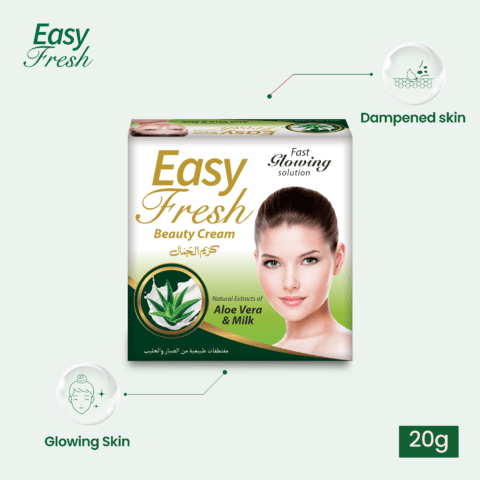
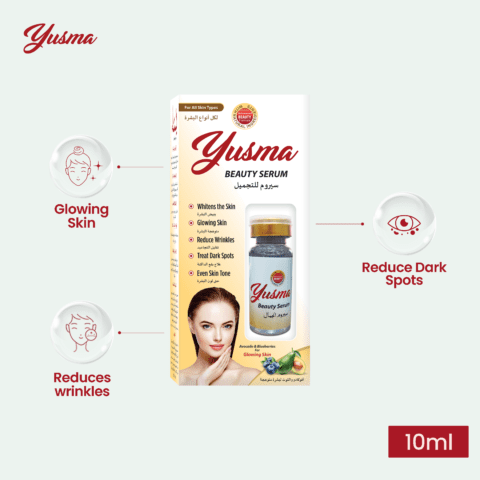
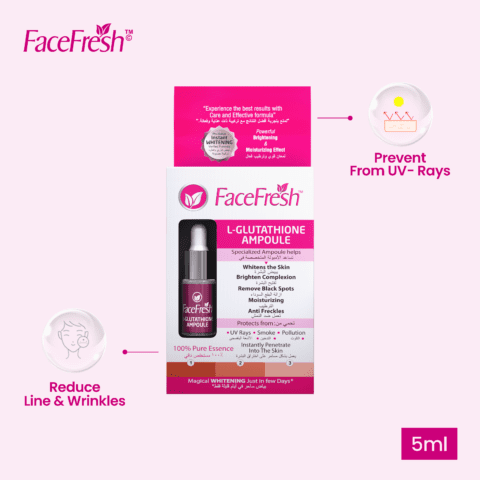
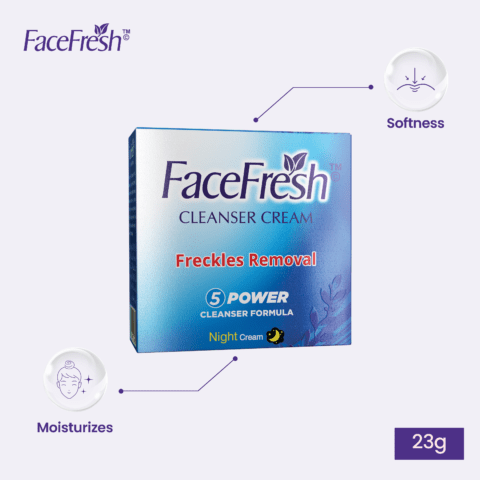

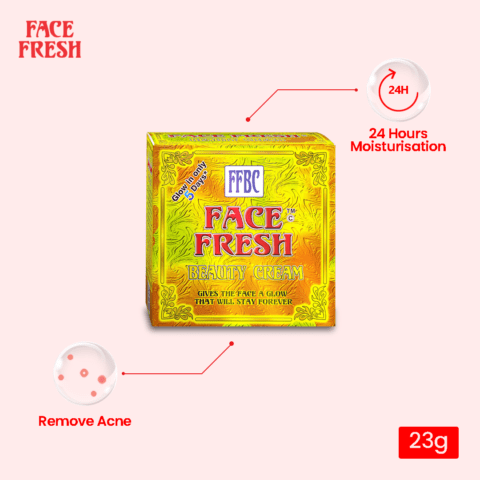

Leave a comment
Your email address will not be published. Required fields are marked *